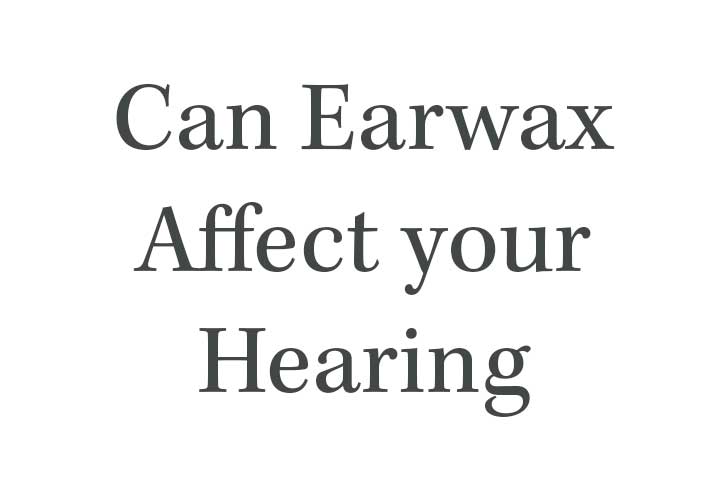5 Myths About Earwax Removal
Introduction
Earwax is one of the most misunderstood substances in the human body. While it’s often seen as something dirty or bothersome, earwax actually plays a crucial role in maintaining ear health. Unfortunately, many myths about earwax and its removal can lead people to make poor choices for their ear care. In this article, we’ll bust five common myths about earwax removal and explain why professional care, like micro-suction, is the best solution for maintaining healthy ears.
Myth 1: Earwax is dirty and needs to be removed regularly
It’s easy to assume that earwax is a sign of poor hygiene, but the truth is that earwax is a natural and necessary substance. It protects your ears by trapping dust, debris, and bacteria, preventing them from reaching the sensitive parts of your ear canal. Additionally, earwax has antifungal and antibacterial properties that help prevent infections.
Most people don’t need to clean their ears at all because earwax naturally moves out of the ear canal over time, thanks to the motion of your jaw while talking or chewing. Over-cleaning, especially with cotton buds, can disrupt this process, push wax deeper, and cause blockages or infections.
Myth 2: Cotton buds are safe for cleaning ears
Cotton buds, also known as Q-tips, are marketed for many uses, but cleaning your ears isn’t one of them. Using cotton buds can push earwax deeper into the ear canal, compacting it against the eardrum. This can cause blockages, pain, and even hearing loss. Worse, inserting a cotton bud too deeply can damage the delicate structures of the ear, including the eardrum.
The advice from audiologists is clear: keep cotton buds out of your ears. If you feel your ears are blocked, consult a professional instead.
Myth 3: Home remedies like ear candling are effective
Ear candling is a popular home remedy that claims to remove earwax by using a hollow candle inserted into the ear canal. However, this method is not only ineffective but also dangerous. Studies have shown that ear candling doesn’t remove earwax and can cause burns, blockages, or even perforated eardrums.
Instead of turning to risky home remedies, trust an audiologist for safe and effective earwax removal methods like micro-suction.
Myth 4: Earwax always causes hearing problems
While earwax buildup can sometimes lead to symptoms like muffled hearing or discomfort, it’s not always the culprit. Many people assume that earwax is to blame when they experience hearing difficulties, but hearing loss or muffled hearing could also be due to an ear infection, fluid in the ear, or age-related hearing loss.
This is why it’s important to have your ears checked by a professional who can diagnose the root cause of your symptoms.
Myth 5: Micro-suction is painful or unsafe
Some people are hesitant to try micro-suction because they believe it’s painful or invasive. In reality, micro-suction is the safest and most comfortable method for earwax removal. During the procedure, an audiologist uses a small suction device and a microscope to precisely and gently remove excess wax without touching sensitive parts of the ear canal.
Most patients find the process quick and painless, with immediate relief from symptoms like blockages or muffled hearing. Compared to other methods, such as syringing, micro-suction carries a much lower risk of complications.
Conclusion
Earwax is essential for keeping your ears healthy, but when it causes problems, it’s important to address them correctly. Don’t let these myths lead you to unsafe or ineffective remedies. Trust a professional audiologist to provide safe, evidence-based care for your ears. If you’re experiencing symptoms of earwax buildup, book a micro-suction appointment today for expert help.




